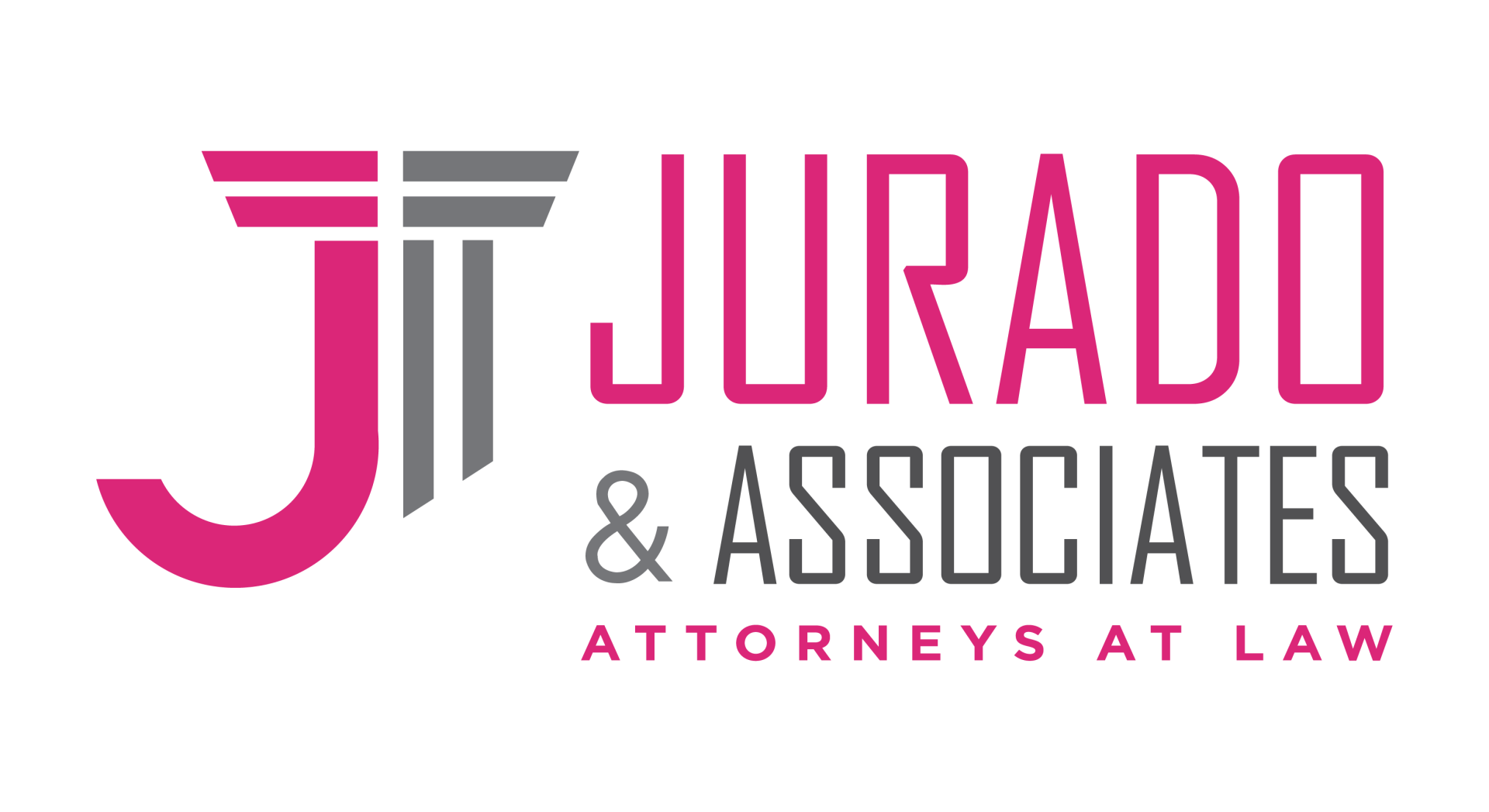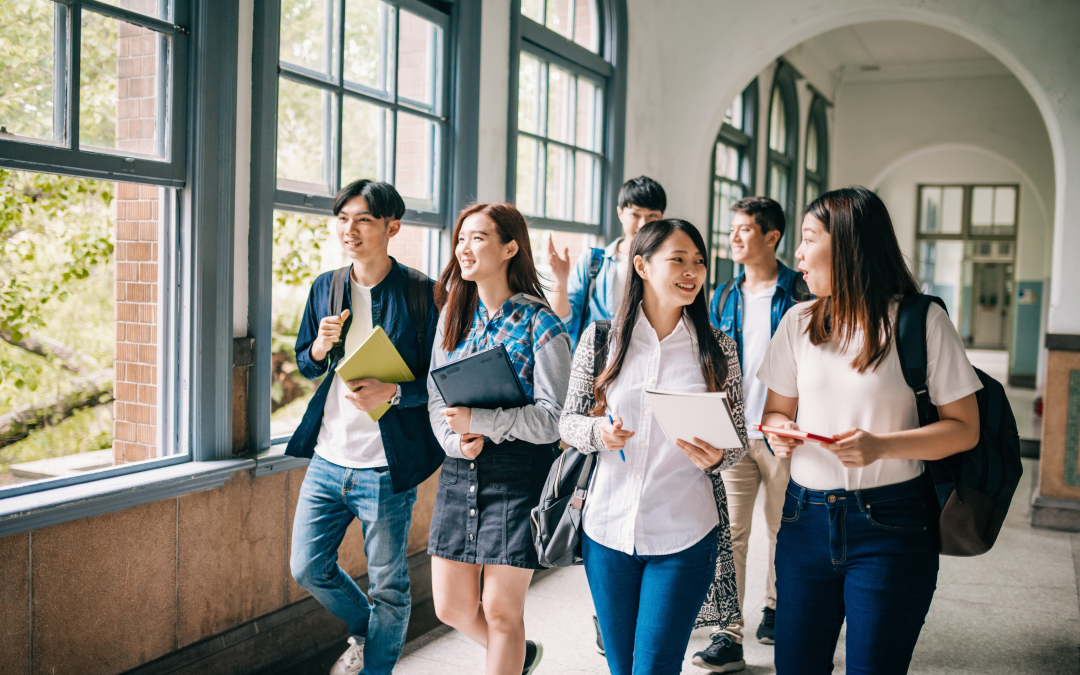The state of Florida offers a unique combination of warm weather year-round, cultural diversity, and thousands of opportunities for international students in high-quality educational programs. In this article, you will discover how to get a Florida student visa in 2022.
Florida Student Visa – Which Visa Option Should I Apply For?
The United States Citizenship and Immigration Services (USCIS) has two different types of student visas – F-1 visas and M-1 visas. Both categories have similar eligibility criteria, which are:
- To be enrolled in an academic program, a language-training program, or a vocational program
- To study at a school approved by the Student and Exchange Visitors Program (Immigration & Customs Enforcement)
- To be enrolled as a full-time student at that institution
- To have English proficiency or be enrolled in English proficiency courses
- To have sufficient funds available for self-support throughout the entire course of study
- To maintain a residence outside the United States and demonstrate no immigrant intent
Florida Student Visa – F-1 Visa vs. M-1 Visa
F-1 visas and M-1 visas serve different purposes. The F-1 Academic Student visa applies for eligible foreign nationals who want to enter the United States as full-time students at an accredited academic institution or language training program.
F-1 students must be enrolled in a program or course of study that necessarily results in a degree, diploma, or certificate granted by an institution authorized by the US government to accept international students.
This student visa category encompasses several institutions, such as colleges, universities, seminaries, conservatories, academic high schools, elementary schools, or other academic institutions.
The M-1 Vocational Student visa applies to international students in vocational or other nonacademic programs, other than language training. Examples of courses of study in this segment include technical courses, cooking classes, mechanical classes, flight school, and cosmetology.
What Can I Do Under a Florida Student Visa?
There are several benefits associated with US student visas. First, students on an F-1 or M-1 visa are free to complete their studies as full-time students with the possibility to obtain an associate degree or another degree. International students under F-1 or M-1 visas are allowed to:
- Get a US driver’s license
- Open a bank account in a US banking institution
- Have access to healthcare
- Work within the limits established by regulations
Depending on the student’s case, it is possible to transfer schools within the initial semester of study.
It is essential to consult with an expert immigration attorney to identify whether an F-1 or an M-1 visa is the right option for your case. For example, student visas have limitations that include:
- No permission to work full-time out of campus
- No possibility to complete a program or course of study as a part-time student
- No direct path to lawful permanent residence (green card)
An experienced legal counselor will also help prospective international students to identify the best visa option based on their circumstances.
For example, an F-1 visa permits students to transfer to any school at any time while the M-1 visa does not permit this. F-1 students can enroll in different language courses, while M-1 students cannot.
Do You Want to Apply for a Florida Student Visa? – Contact Attorney Romy B. Jurado Today
Get in touch with Immigration Attorney Romy B. Jurado by calling (305) 921-0976 or emailing [email protected] for an individual assessment.





